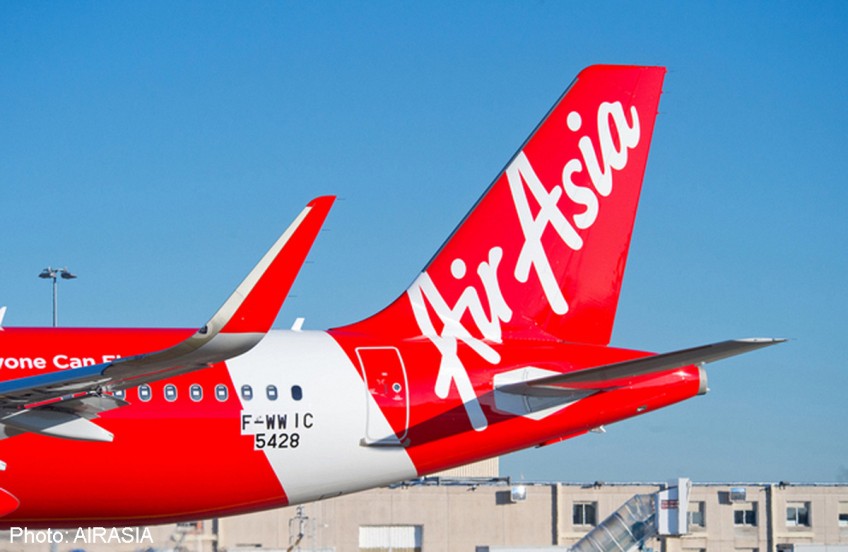AirAsia India gets its first A320

INDIA - Budget carrier AirAsia's Indian unit moved a step closer towards launching full-blown domestic operations in the country after AA-India received the first of its 10 new Airbus 320s at its Chennai hub earlier this week.
AA-India chief executive Mittu Chandilya said as much. "The arrival of our first A320 signifies that we are a step closer to our dream to create a new benchmark in the low-cost air travel category in India," a report in India's The Financial Express yesterday quoted him as saying.
It's been a hard-fought journey for the fledgling carrier. When AirAsia boss Tony Fernandes first teamed up with well-connected Indians such as the Tatas and millionaire realtor Arun Bhatia over a year ago to create AA-India, his plan was met with unyielding resistance.
Existing Indian airlines feared that the carrier's well-known business model of undercutting everyone in sight while keeping its costs low would cause a number to go out of business. As at end-September 2013, Indian aviation market statistics indicated that the combined losses of all Indian airlines were around US$500 million.
Mr Fernandes did not help matters by enthusiastically promising that AA-India would offer "dramatically lower fares". The airlines went to court.
The litigation isn't quite settled yet but New Delhi seems quite clear in what it wants. In February, the director general of civil aviation dismissed a collective objection by private Indian airlines to the licence for AA-India.
The airlines had argued that a September 2012 policy allowing foreign airlines to invest in local ones was applicable only to existing airlines and not new entrants.
A three-member committee to examine the objections concluded that it found "no reason to put on hold the processing of the application of AirAsia India for issuance of an Air Operator Permit".
More tellingly, the panel also held that the rapid growth of the Indian civil aviation sector presented "a strong need" to facilitate air traffic by encouraging the existing airlines as well as allowing new entrants so that Indian travellers could avail themselves of optimum services at reasonably affordable tariffs.
The move into the Indian market is part of Mr Fernandes' ambitious business model for his carrier, now Asia's largest low-cost airline by load. It has been a model that has changed as times have changed.
Starting from the Malaysian market and spreading to the rest of the region via AA units in Thailand, Indonesia and the Philippines, betting on the region, Mr Fernandes relocated to Jakarta in 2010 in the hope of making the Indonesian capital AA's ASEAN base. But the results have been mixed: only Thai-AA has been profitable while the other two units are nearly there.
Meanwhile, intensifying competition in Malaysia and the rest of the region led to a change of heart. Realising that Malaysia was the carrier's largest market and the linchpin of its earnings, Mr Fernandes moved back to Kuala Lumpur. AA scaled down its operations in Jakarta, and has aimed its sights at completely dominating the Malaysian market with further cost cuts and new frequencies.
At the same time, Mr Fernandes has sought to leverage his assets in the rest of the region with the feeder services from AirAsia X, AA's medium-haul budget carrier, to increase connectivity to Asia.
India is the next puzzle in AA's business jigsaw, analysts say. "The Indian market is estimated to top 400 million passengers by 2020," said an aviation analyst at a foreign research house in Kuala Lumpur. "Tony thinks he can fit right in with a low-cost base like Chennai."

Get The Business Times for more stories.